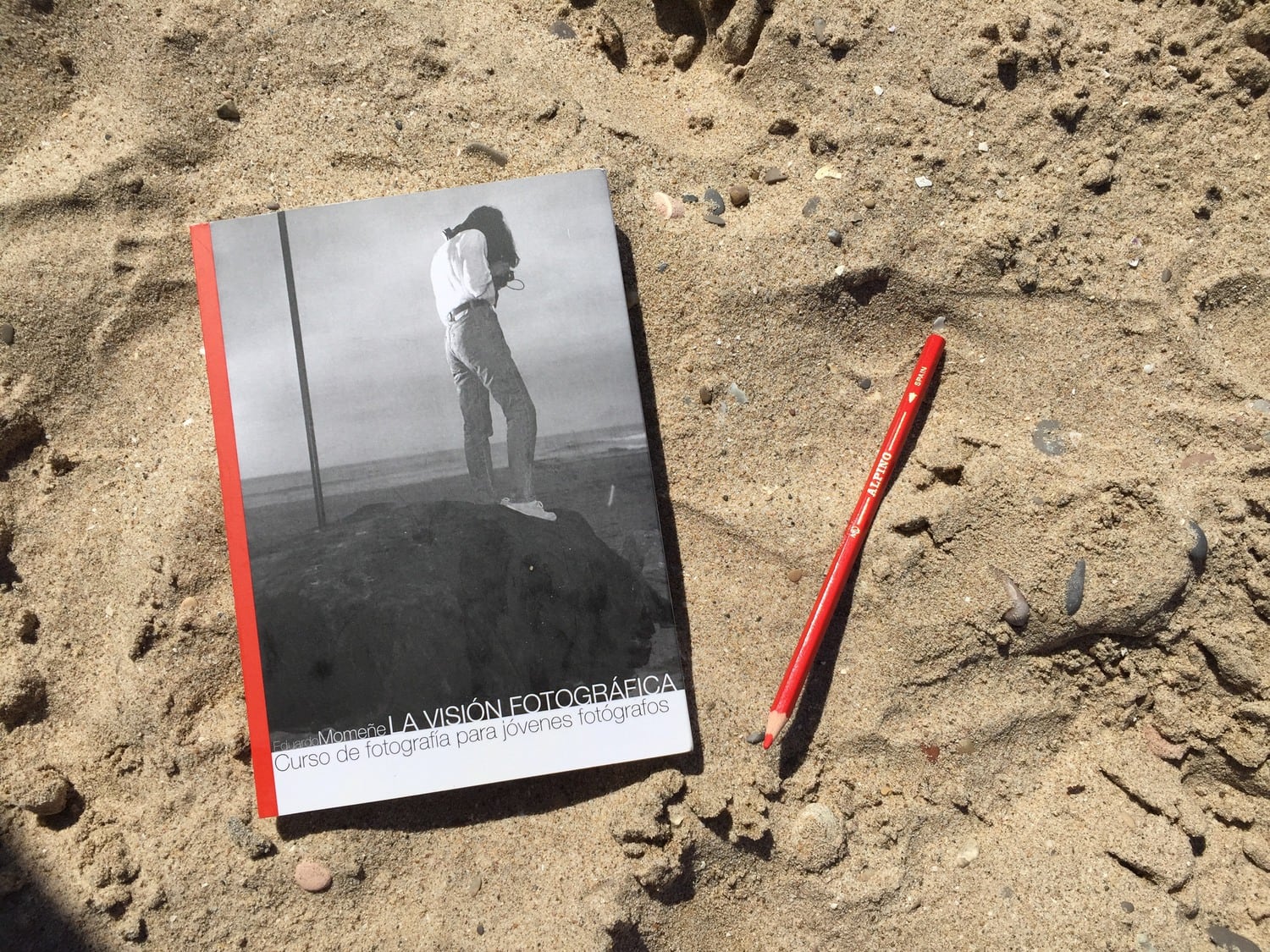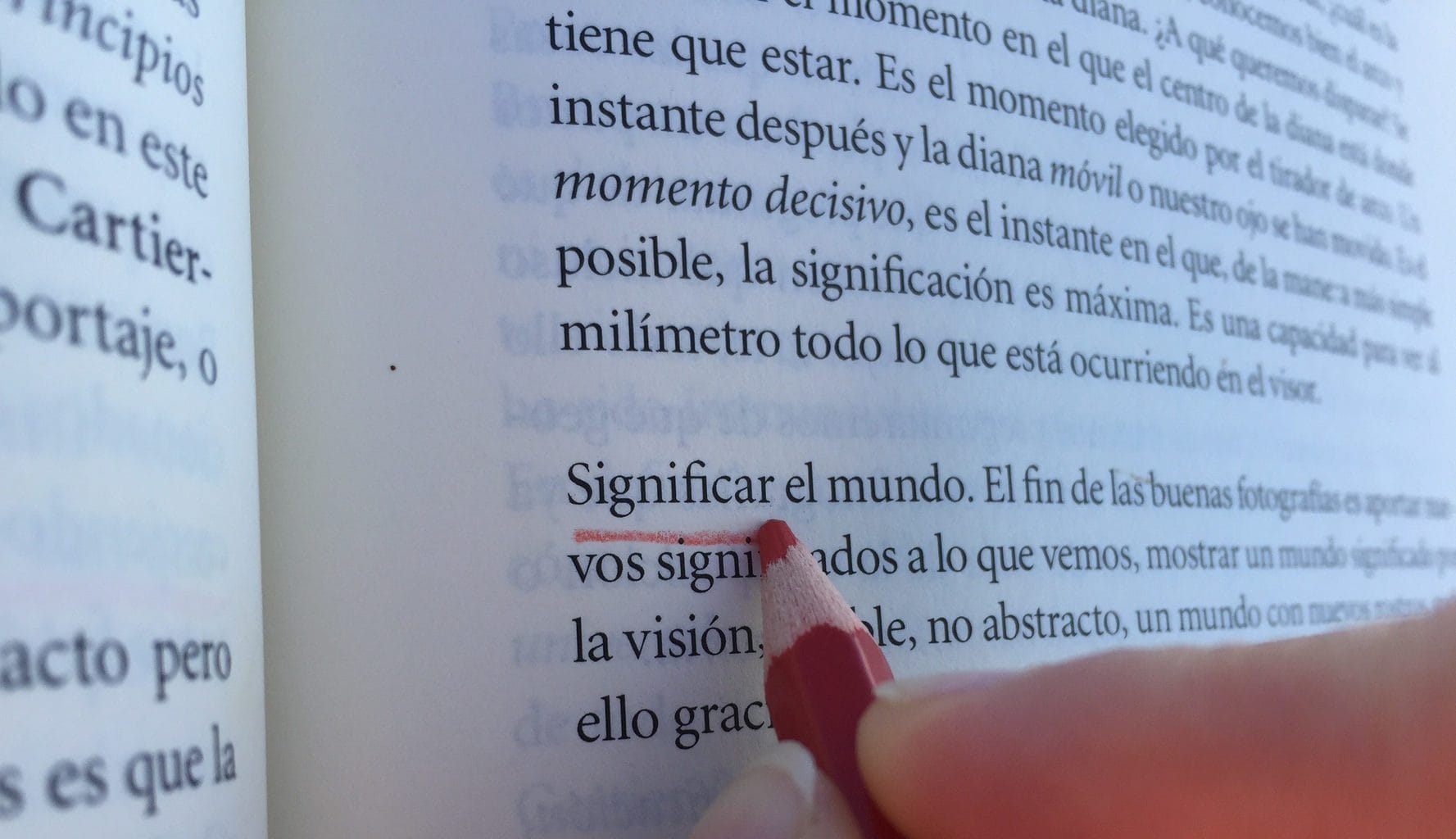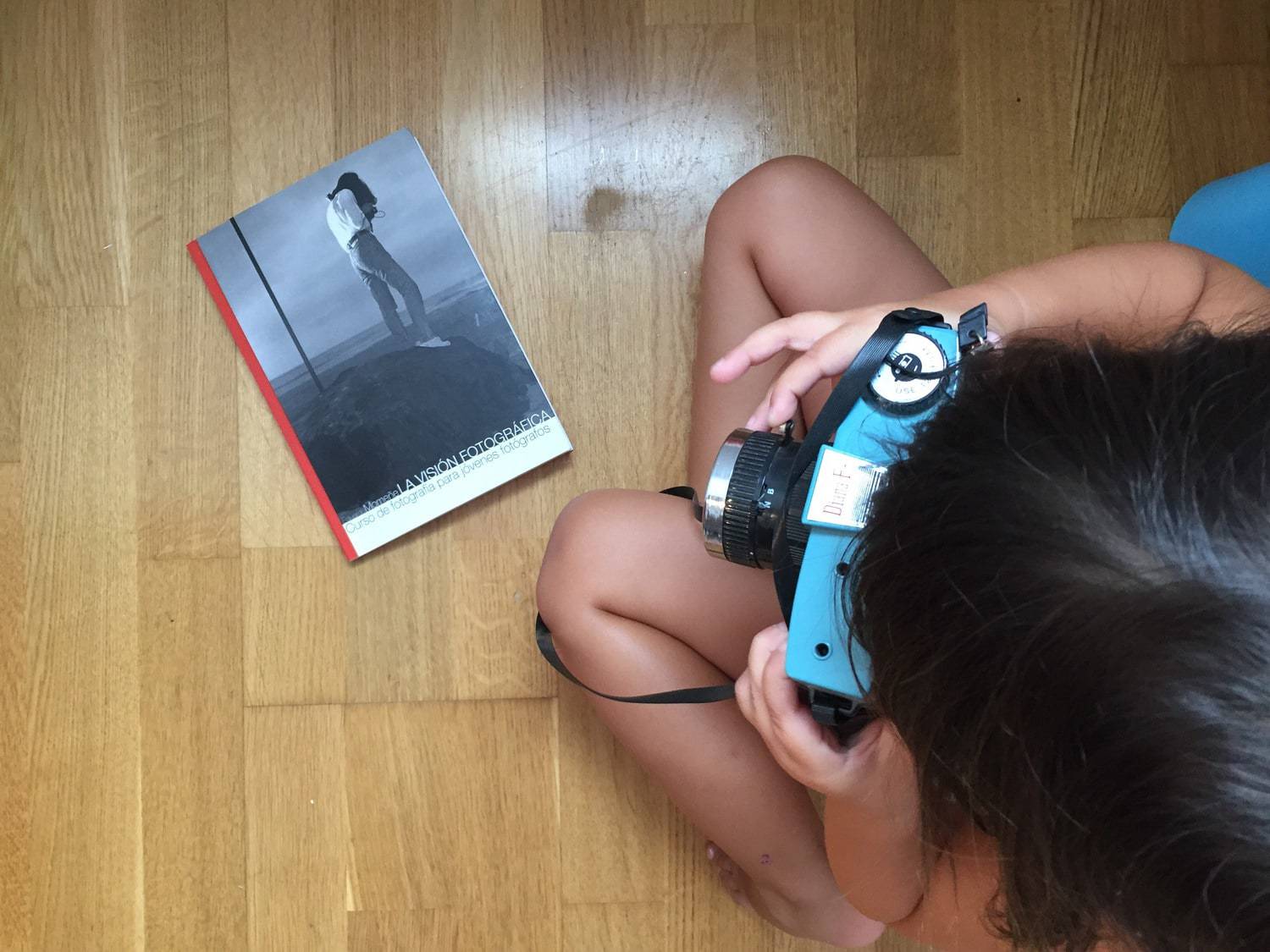A new recommendation comes from the hand of a Spanish author, Eduardo Momeñe. A recommendation that will not leave you indifferent. This is not a book like the ones we have previously recommended. To give you an idea, it is a photography book without photographs (except the one on the cover). And what is interesting about it? Everything. In fact, I think it should not be missing in your photographic learning. I tell you why.
IDEAL FOR…
Before continuing, it would be good to tell you which audience it is aimed at so that you can get an idea of whether or not it may interest you.
It is not a book for those who expect recipes. Nor is it a practical book to help you find the best opening or exposure, for example. Nor is it a book for whom photography is simply a means to record family memories, no matter how accurate those photographs may want.
This is a book for those who love photography, for those who are passionate about it, for those who want to really learn Photography with a capital letter, for you if you want to take an inner journey to find out what photographer you are or want to become. For you if you believe that photography is a way of life, if you want to one day see your photographs exhibited or published, for you if you want to move or tell something with your images.
If you feel identified with this last description, keep reading, it is an indispensable book. If you are more of the first, maybe you should take a look at our other literary recommendations that will surely be more useful to you ;).
PHOTOGRAPHIC VISION (PHOTOGRAPHY COURSE FOR YOUNG PHOTOGRAPHERS)
And yes, this is the title. It includes the word course because it is so. A course. Or as if it were. Well, it is a book that aims to instruct new photographers. Although I consider the title to be correct when it mentions " for young photographers " since every beginning photographer should read a book like this, I do not at all believe that it is a book only for young photographers but for EVERY self-respecting photographer. No matter how many years you have been in this world, if you have not previously gone through an apprenticeship similar to what these pages offer, you should read it.
It is not a recipe book, from the outside in, as it may seem, but what it wants is for you to travel from the inside out. That you try to explore your self to find your own way of seeing and photographing what surrounds you. As Momeñe rightly says, it is more a text of questions than of answers.
It would be impossible to summarize in approximately 1,000 words its 160 pages and all the wisdom it contains. But at least I will give you a small introduction by chapters, with brief touches of some of the ideas that I have been underlining by chapters, although there are many more. But for that you will have to read the book ;).

INTRODUCTION
A brief introduction where he tells you what is the proper way to read the book.
YO
A chapter on decisions, where, through some questions, it will lead you to reflect on what kind of photographer you are or want to become. Define our profile so as not to confuse us or confuse the public.
II
A small dose of history of the visual. A walk through the appearance of perspective to understand the first photographic revolution and how it affected photography as we live it today. The importance of the aesthetic look and the arrival of instant photography as another decisive revolution.
II
About the responsibility of wanting to make photography an art when the simple fact of seeing the appearance of the world on paper should already be fascinating and enough. How the historical ballast of comparing photography and painting still hurts us today.
Also about the importance of the photographer's own baggage when it comes to photographing, of signifying the world through a camera.
IV.
Refining on the way to become better photographers, to show not the world, but how we see it and the need to have something to tell to reflect it in photography.
V

Brief review of some of the great photographers who knew how to write and build with their cameras. An invitation to break old prejudices.
SAW
One of the aspects on which he focuses is on the need to be critical and analytical with our photographs.
VII
Gestures and attitudes that tend to damage our photographs. The need to nurture oneself at a cultural level on the way to becoming better photographers.
VIII
On the need for containment when photographing and some enemies of good photographs.
DETAILS
- Softcover: 160 pages
- Publisher: Eduardo Momene
- Dimensions: 15×21 cm approximately
- Price: €13.28
ABOUT THE AUTHOR
Eduardo Momeñe, born in 1952 in Bilbao, is a photographer, teacher and essayist.
He has had numerous exhibitions in different countries and his photographs are part of public and private collections. Her images have been published in magazines such as Vogue, Style, Marie Claire or Elle .
For many years he has been linked to teaching, giving courses, workshops and seminars. afterphotoit's your school. You can learn about his work here.
THE BEST
Everything. I don't think since my student days I had used a highlighter in a book. I am one of those who think that writing in a book is almost profaning it (#asisoyquelevoyahacer). But this time I couldn't resist. In the first pages I had to go for the pencil and it has accompanied the book and me throughout the reading. It has no waste.
WORST
I think there's nothing wrong with this book, or maybe there is, depending on how you look at it ? . It takes time. Time to delve into it, to read it accordingly. I have done a first and quick reading, to be able to get an idea and tell you about it. Now I will dive into a much deeper, slower, savoring it, stopping at each paragraph and investigating each of the names that appear in bold, whether I know them or not, as the author invites. It still takes months, or years, but I don't care. That is the purpose of this book, to learn, and true learning does not happen in two days.
OTHER PUBLICATIONS BY THE AUTHOR
- Eduardo Momeñe (Photo Pocket)
- Burton Norton's photographs
- Pam-Plossu, Plossu-Pam
CONCLUSIONS
You will find numerous publications that tell you how to take a photograph correctly (in this one it is assumed that you know or will know how to achieve it), but few that speak to you with such frankness and depth as this one. Being stirred inside and being asked questions so directly.
If you love photography, if you feel that you can't find your place, that something is missing from your photos and it's not exactly sharpness or light, if you want to delve deeper into its meaning, into what photography has to say, you can't stop reading. this little gem.
And, if you found it interesting, be sure to share it so that this great text reaches all of us who love photography. Thanks!


